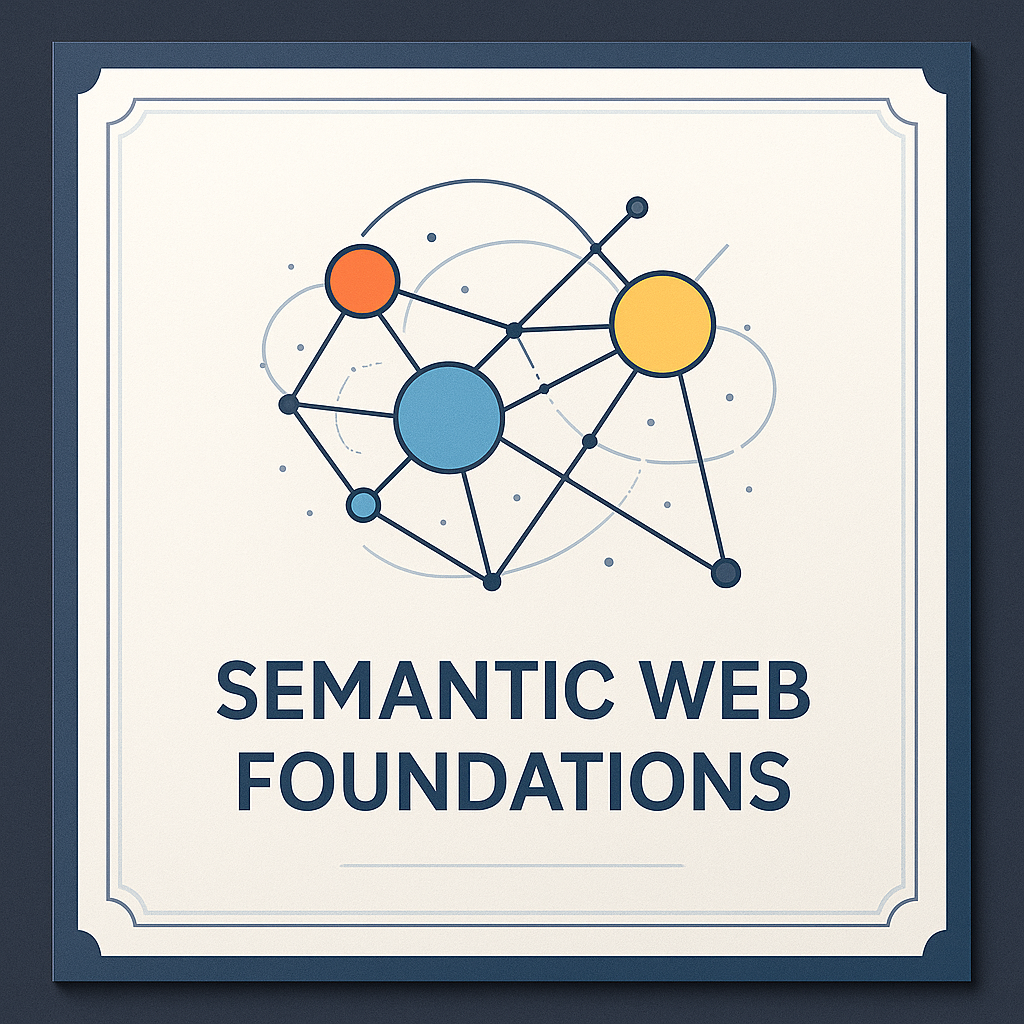This course introduces the core concepts and technologies of the Semantic Web, providing a solid foundation for newcomers. Participants learn about RDF, SPARQL, OWL, and Linked Data – the building blocks of semantic technologies – and how they enable data to be shared and linked in meaningful waysexuberantsolutions.com. By the end of the course, students will understand how to represent knowledge in a machine-readable form and query it for insights, preparing them for more advanced semantic web topics. (No prior experience with semantic technologies is required.)
Curriculum:
- Module 1: Introduction to the Semantic Web – Evolution of the Web, the need for semantics, and key benefits of semantic technologies.
- Module 2: RDF Fundamentals – The Resource Description Framework data model (triples of subject-predicate-object), writing RDF in formats like Turtle and JSON-LD, and building simple knowledge graphs.
- Module 3: Ontologies and OWL Basics – Understanding ontologies, classes and properties, an overview of the Web Ontology Language (OWL) for creating vocabularies, and basic ontology design principles.
- Module 4: SPARQL Query Basics – Introduction to SPARQL query language syntax, selecting and filtering data from RDF graphs, and hands-on querying of a sample dataset.
- Module 5: Linked Data Principles – The four principles of Linked Data and how to publish and consume linked open data (using examples like DBpedia), illustrating how semantic data is interlinked on the web.
